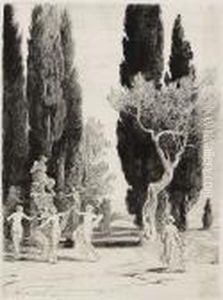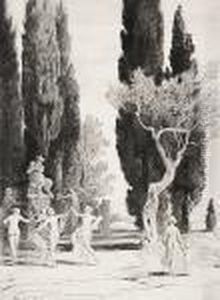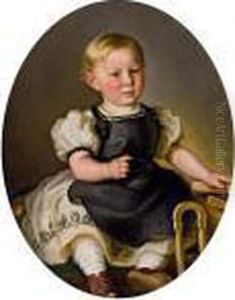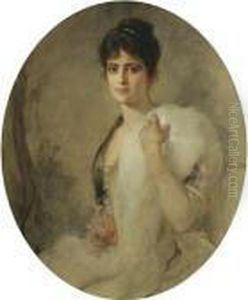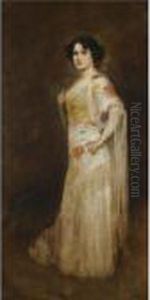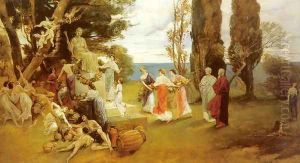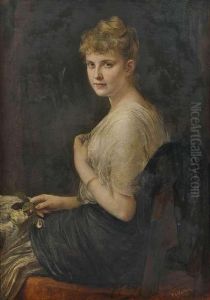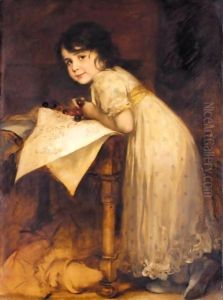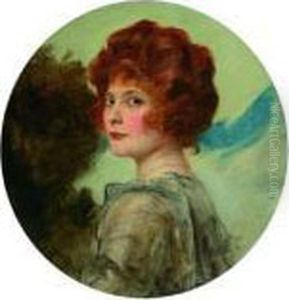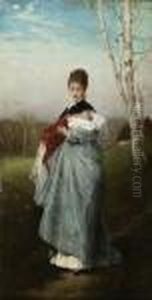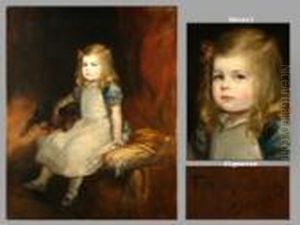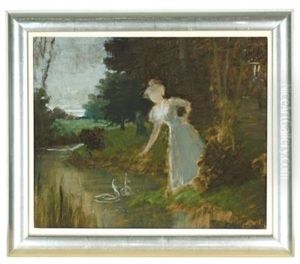Friedrich August von Kaulbach Paintings
Friedrich August von Kaulbach was a renowned German portrait and historical painter, born on June 2, 1850, in Munich. He belonged to a family of artists and was the nephew of the famous painter Wilhelm von Kaulbach. Friedrich received his artistic training at the Academy of Fine Arts Munich, where he was greatly influenced by the works of his uncle and the pilot style, known for its dramatic historical scenes and grand compositions.
Kaulbach's talent was recognized early on, and he gained a reputation for his skill in portraiture, capturing the likeness and personalities of his subjects with elegance and precision. In addition to portraits, he also painted allegorical and historical scenes, often drawing upon themes from mythology and literature. His style was characterized by a blend of realism and idealism, with a tendency towards romanticism.
He became a professor at the Munich Academy and eventually its director, positions that enabled him to influence a generation of German artists. Kaulbach's work was widely acclaimed in his time, and he was commissioned to create works for various prominent figures and institutions, including the Bavarian royal family. Some of his notable works include the portraits of Emperor Wilhelm II and the allegorical representation 'Germania'.
Throughout his career, Kaulbach received numerous awards and honors, which solidified his status as a leading artist of his era. Despite his success, he faced criticism from some contemporaries who favored more modernist approaches to art. Nevertheless, Kaulbach remained committed to his style, and his paintings continue to be appreciated for their craftsmanship and historical value.
Friedrich August von Kaulbach passed away on July 26, 1920, in Ohlstadt, Germany. His legacy endures through his contributions to German art and his influence on the students he taught during his tenure at the Munich Academy.

